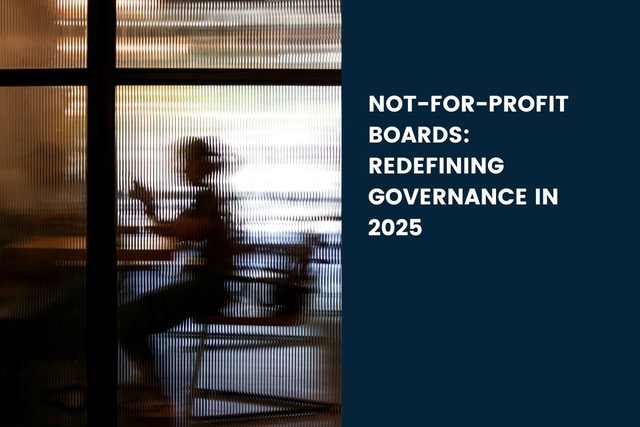Board-CEO Relationships: From Supervision to Strategic Partnership
The board-CEO dynamic has fundamentally changed. Once centred on performance reviews and financial reporting, the relationship is now defined by strategic co-creation.
- 81% of directors surveyed in the AICD’s 2024–25 Governance and Performance Study reported improved governance capabilities, largely due to better board-executive collaboration.
- The “Governing Team” model (Stanton Chase, 2025) is emerging as a gold standard, where CEOs and board chairs operate with mutual trust and shared purpose.
This shift requires board members to engage with more than reports—they must understand operations, emerging risks, stakeholder expectations, and the strategic implications of sector change.
Digital Governance: Leading Responsibly in an AI-Enabled World
Digital transformation has reached the boardroom. It’s not just about cyber security and digital reporting anymore. Boards are now responsible for guiding their organisations through AI adoption, data ethics, and service digitisation.
Modern not-for-profit boards must:
- Develop foundational understanding of artificial intelligence and its ethical implications in service delivery
- Oversee digital strategy implementation and ensure alignment with community values
- Govern with confidence in hybrid and remote environments
Australian boards are increasingly looking to UK charity models for how to build digital accountability into their frameworks—ensuring technology is leveraged with care, transparency, and impact.
Composition and Capability: Rethinking Who Belongs Around the Table
The complexity of governance today demands a more intentional approach to board composition.
Gone are the days of “who do we know?” as a guiding principle. Instead, boards must ask:
- Do we have lived experience and community representation?
- Do we understand the legal, financial, and clinical risk landscapes?
- Can we challenge constructively and support executive teams through uncertainty?
At Galvin-Rowley Executive, we help NFPs identify gaps in board capability and recruit directors who bring not only governance expertise but also strategic courage, cultural fluency, and ethical foresight.
Governance and Risk: Boards as Enablers of Integrity
With public trust more fragile than ever, not-for-profit boards are being called upon to lead with rigour and responsibility.
The Governance Institute of Australia reports an increase in board-led risk planning, particularly in organisations dealing with vulnerable populations, funding reform, or frontline service delivery.
What this means:
- Boards must have clear risk appetite frameworks
- CEOs must present transparent, challenge-ready reports
- Risk is no longer just financial—it includes reputational, ethical, digital, and workforce risks
Boards that govern well here protect both mission and future capacity.
Diversity and Inclusion: From Intention to Practice
While many boards state a commitment to DEI, few translate that into recruitment strategies or cultural shifts.
Leading not-for-profit boards:
- Recruit across age, cultural background, gender, disability, and lived experience
- Encourage cross-sector appointments for broader perspective
- Build inclusive cultures that allow directors to contribute fully, not just “fit in”
Diversity is not a nice-to-have. It’s a necessity for relevance, innovation, and legitimacy.
Stakeholder Governance: Leadership with Accountability
Boards now operate in a stakeholder-governed world. Social licence to operate is as critical as financial solvency.
Effective boards:
- Hold CEOs accountable to stakeholder outcomes, not just KPIs
- Embed community engagement into governance frameworks
- Understand their obligation to First Nations, LGBTIQ+, CALD, and regional voices
The standard has shifted from “Are we compliant?” to “Are we trustworthy?”
A Message to Board Members, NFP Leaders, and Future Directors
If you are a current director, NFP executive, or aspiring board leader: this is your moment to lead differently.
Governance is no longer a technical exercise—it is a strategic, human-centred practice. The organisations you serve deserve governance that is future-facing, inclusive, and values-led.
At Galvin-Rowley Executive, we are proud to work with Australia’s leading not-for-profit boards. We help organisations appoint directors who don’t just supervise—they shape.

